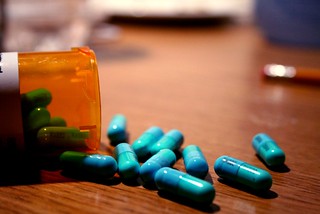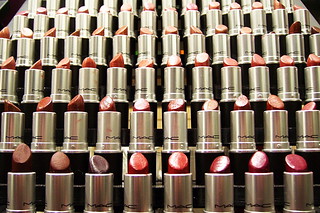Animal testing can involve, but is not limited to:
- injecting a newly developing drug into an animal subject;
- applying products to an animal subject’s skin or eyes;
- allowing animal subjects to be exposed to or inhale large amounts of a developing product.
Often, such testing occurs without much prior investigation into the detrimental effects this may have on the animal subject.
Health Canada outlines that newly developed drugs need to be administered to tissue cultures or small animals to observe its effect.
If the results are promising, additional animal and laboratory tests must be performed to determine the effects of the substance on a living system as well as to determine an appropriate dosage.
Health Canada explains that animal testing is important for scientists to observe how a new drug will affect the functions of a living organism. Health Canada recognizes that there are alternatives to reduce the amount of animals used, however, these methods are not yet comprehensive enough to replace all animal testing in drug research.
Cosmetic testing involving animal subjects are not required under the Canadian law.
However, cosmetic manufacturers must be able to somehow prove the safety of their product according to the Cosmetic Regulations. This often means companies will resort to data from animal testing as proof of their product safety.
Justification for animal testing


